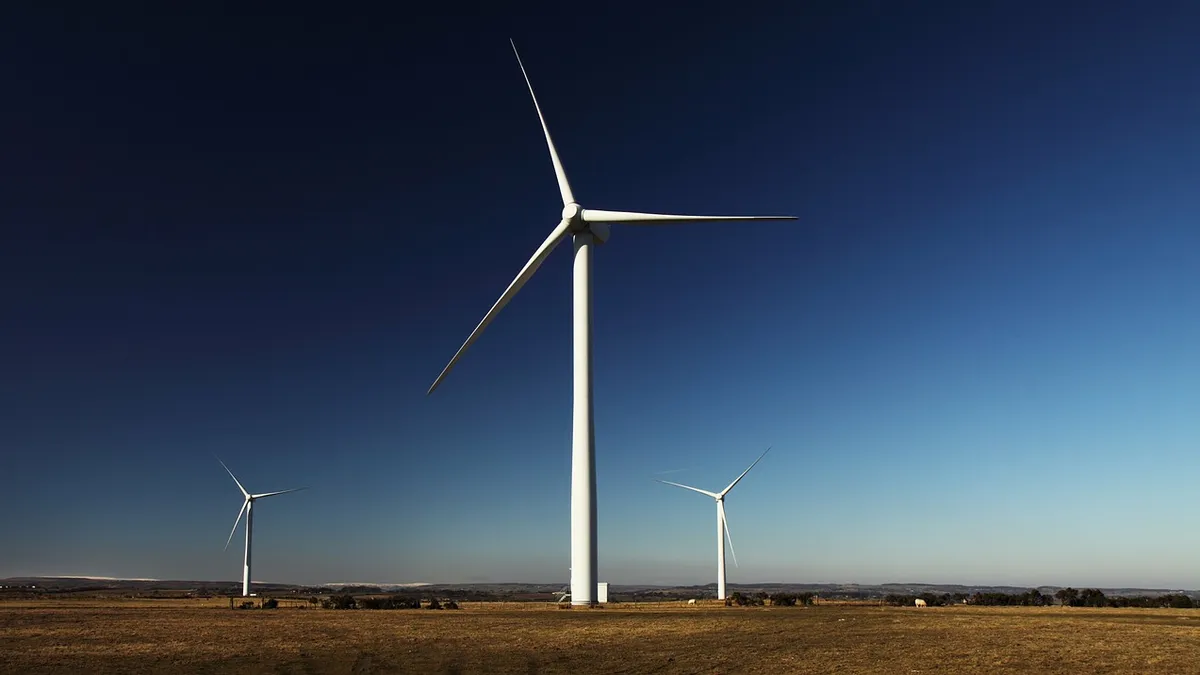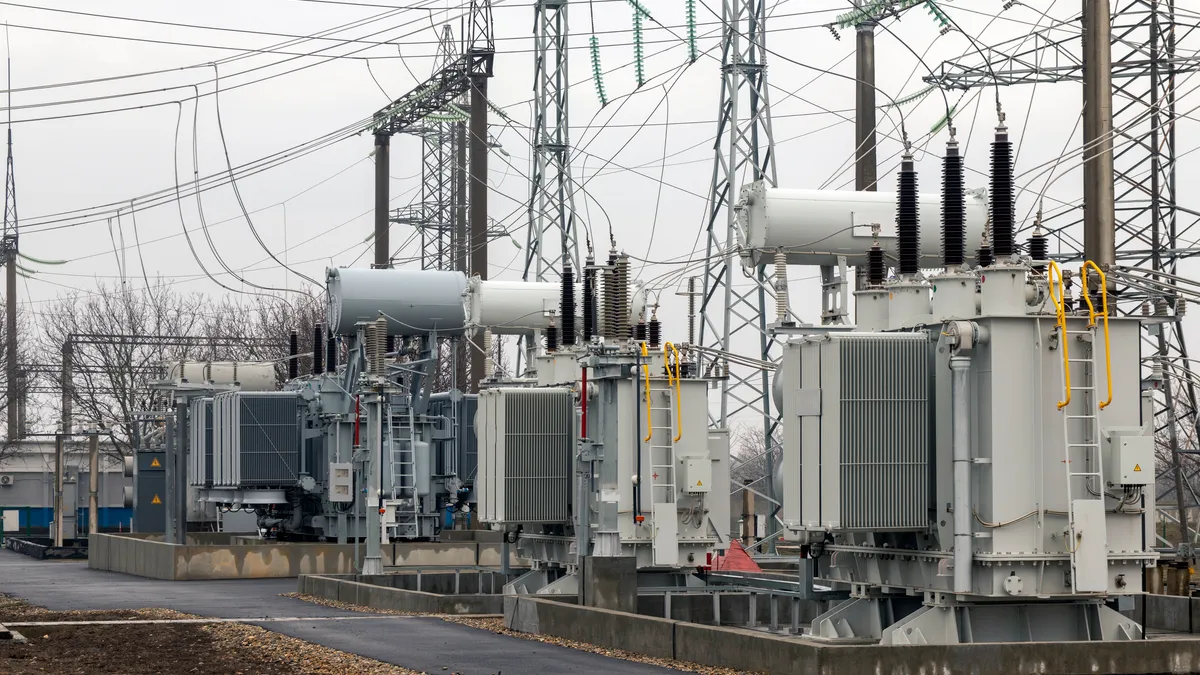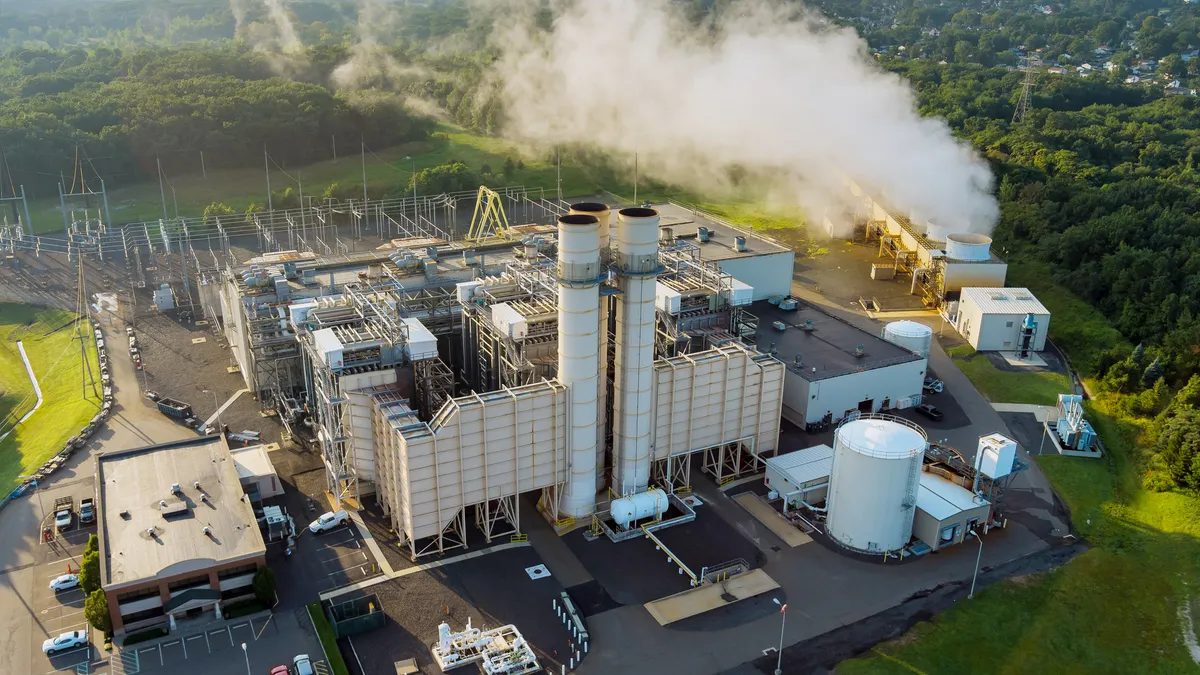One of President Obama’s key assistants on energy and climate says utilities and the administration are working toward accord on the President’s proposed emissions cuts.
Utilities and regulators have provided productive input, he said at the American Wind Energy Association Fall Symposium, despite vocal criticism from some of the nation's largest power providers, energy reliability regulators and grid operators.
“I think utilities are proactively engaged,” said White House Special Assistant to the President for Energy and Climate Change Dan Utech. “Even where there is a lot of noise at the top, people are working hard and thinking about how to make this work.”
The Clean Power Plan
The proposed Clean Power Plan, released June 2 of this year, aims to cut U.S. greenhouse gas emissions 30% below 2005 levels by 2030. It will be finalized by June 2015. By June 2016, each state, alone or with regional partners, must formulate a proposal that either cleans up existing coal plants or shifts to natural gas, renewables, nuclear power, and/or energy efficiencies.
If a state does not submit a plan, EPA will impose one. All plans will be approved by June 2018. Emissions reductions must begin by 2020, with yearly targets through 2029 and a final 2030 goal.
“Each state’s goal is different because each has a unique mix of emissions, power sources, and resources,” Utech explained. The options look to solutions proven by utilities and grid operators to be cost effective and reliable.
“The key thing to underscore about the Clean Power Plan,” he said, “is that states have the flexibility to meet the targets any way they choose and that allows anybody to make the case for their role in the solution.”
Renewables in the plan
“We think states will look to wind for as much as 70 gigawatts of new capacity because they know it is cost-effective, reliable, and rapidly scalable,” explained American Wind Energy Association Vice President Tom Vinson. “It depends on the final rule, on what happens with natural gas prices, and on what states commit to, but the opportunity is there. We have to go out and seize it."
Utech referenced a recent chart comparing projections for global wind and solar deployment from Greenpeace, often regarded as too biased to be authoritative, and from the International Energy Agency, long a globally respected source on energy statistics.
“Greenpeace nailed it and the IEA woefully underestimated it,” Utech said. “It is a reminder that though there are significant challenges, the renewables industries have a track record of beating expectations.”
The EPA’s emissions rule will “establish the power sector trajectory for the next 15 years,” Utech said. “It will provide a durable foundation to scale up all renewables, with wind playing a huge role.”
Many utility industry leaders have voiced warnings that the changes in generation necessary to achieve that level of cuts will compromise reliability and drive up electricity rates. A just-issued Electric Reliability Council of Texas report found the plan “is likely to lead to reduced grid reliability for certain periods” because it disrupts “the natural pace of change in grid resources.”
The administration and utilities together
EPA Administrator Gina McCarthy and her team started working on this in 2013 at the direction of the President, Utech explained. The intent was to “be ahead of the curve” with a proposal that reflected a range of concerns. “It is a complex proposal. It took everybody, even experts within the industry, time to digest it,” he said.
The public comment period, which EPA extended to accommodate more input, ends December 1. Utech expects the Edison Electric Institute—a utility trade group—and other industry groups as well as individual utilities to weigh in.
They have done the work and now have an understanding of the proposal, Utech said.
“They may have opinions about adjustments. We are not anticipating that everybody will embrace it immediately," he said. "But the level of engagement by both states and utilities, thinking about how it works and how they can make it better, has been more positive than a lot of people expected.”
Outreach to utilities and state energy and environmental regulators continues, Utech said. The EPA and the White House will use the input “to make what we think is a strong workable proposal even better,” he explained. The goal is a rule that “maintains reliability and is cost-effective while driving carbon down and driving more clean energy into the power sector.”
Climate change
The President views climate change as one of the most significant challenges we face and believes we have an obligation to act so we don’t leave a degraded planet to our children and grandchildren, Utech said.
“If you look at the surveys, most Americans understand the basics on climate and don’t challenge the science,” he said. “Where we need to make up ground is in where climate ranks as a voting priority.”
With its National Climate Assessment, the White House intended to demonstrate what climate change impacts mean at a more granular level and change the public’s perception of it “from something nebulous and 20 or 30 years down the road to something people can relate to in their backyards, their communities, and their livelihoods.”
The President also knows that climate change is “a huge economic opportunity,” Utech added. “Clean energy is already creating jobs. It is important to debunk the notion it is bad for the economy. That is the reflexive pushback we get in Washington.”
The administration, from the President down, has been working for international buy-in because “the only effective solution is a global solution,” Utech said. The just-announced joint China-U.S. agreement on emissions reductions “will give huge momentum for the Paris 2015 climate talks,” he said, “and it is hugely positive for the wind industry.”
Opportunity and challenge
In return for the U.S. commitment to cut its emissions 26% to 28% from 2005 levels by 2025, China agreed to peak its emissions by 2030 and expand its zero-emission energy sources to 20% by 2030. Between now and 2030, Utech said, China will have to build “the equivalent of a new nuclear plant or 500 wind turbines or about 200,000 rooftop solar installations every week.”
The White House expects the agreement to spark investment and innovation in clean energy generally, and especially in wind. Wind’s recent statistics are “astounding,” Utech said, noting that in the past 5 years the industry drove its prices down more than 50%, took the world lead in wind-generated electricity and produced a third of new U.S. generation, provided over 50,000 jobs, and brought its total manufacturing facilities to over 560.
Some fossil fuel-reliant states and utilities have initiated law suits to stop the Clean Power Plan. Utech does not see those as threats. Challenges will go to the D.C. Circuit Court, which has repeatedly upheld EPA’s right to act on emissions under the authority of the Clean Air Act. If a challenge goes to the Supreme Court, it is unlikely to be decided before 2019, by which time progress would make the decision moot.
The recent change in Congressional leadership could, however, affect implementation. “We have more unified opposition now,” he acknowledged. “There are many scenarios by which Congress might try to stop or alter our enforcement of this but we are confident we will prevail.”
Asked if the President would veto Congressional legislation to block the plan, Utech said, “the Clean Power Plan is the lynchpin of the President’s climate action. It is the core of what we are doing to reduce emissions and to get a long term framework in place for the power sector. We’re committed to seeing it through.”






















